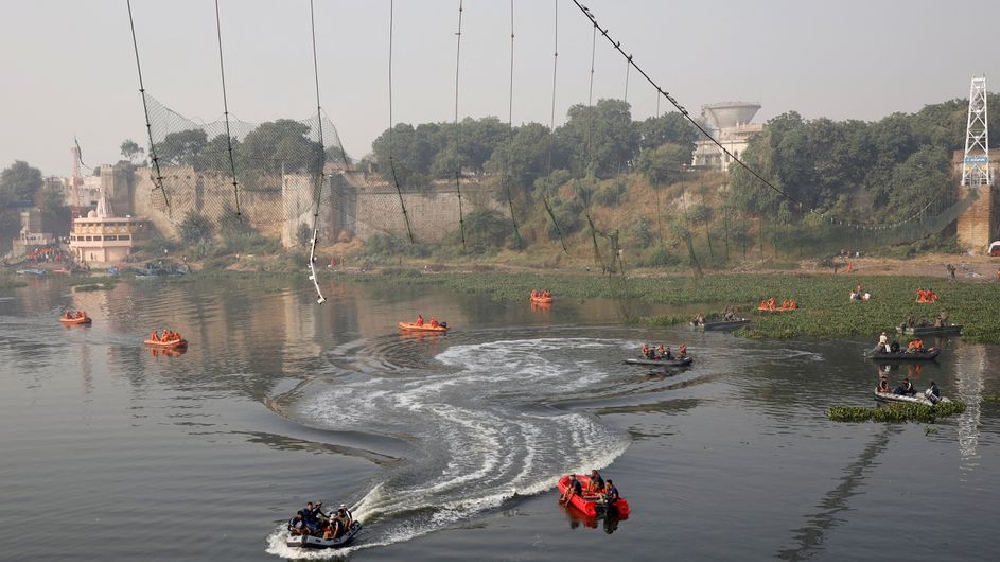Bridge the gap in accountability
Any inquiry must focus on the private contractor to determine whether the repair of the bridge was carried out as per terms of the contract awarded to the company.

NEW DELHI: As a country, we are beset by man-made tragedies, caused by a mix of indifference, neglect and greed. But even by our abysmal standards, the collapse of the bridge at Morbi in Gujarat is a shocker. Over 140 people have died – mainly women, children and the elderly – and several are still missing. While only a thorough inquiry will clarify what caused this British-era 143-year-old suspension bridge over the Machchu river to collapse, there is no doubt that it was the result of one thing: sheer callousness.
What we know is that the pedestrian bridge, closed for maintenance work to be carried out by a private contractor, had reopened five days before it snapped. We also know that crowds of people thronged the tourist attraction during the Chathh Puja celebrations. Any inquiry must focus on the private contractor to determine whether the repair of the bridge was carried out as per terms of the contract awarded to the company. Reports of faulty cables being merely polished but not changed need to be probed.
But there is another dimension to this tragedy, which squarely involves the Gujarat state administration. If the contractor was to complete the job only by the end of December, on what grounds were people allowed to use the bridge before that? Did the festival season and the prospect of footfalls lead authorities to turn a blind eye? It is extremely worrying that people were allowed on the bridge before the issuing of a fitness certificate. While this establishes the culpability of the administration, it remains to be seen whether collusion between different authorities, one that may or may not involve the private contractor, was responsible for this awful tragedy.
Pedestrian suspension bridges are notoriously tricky things. For instance, the famous Millennium Bridge that spans the river Thames in London swayed after it opened, resulting in it being named ‘wibbly-wobbly’ and shut down till engineers found a way to reduce the vibrations. Such bridge design needs to take into consideration the number of pedestrians, wind loads and other factors that could lead to vibration. It was imperative to see that this old bridge was in proper condition given all of this.
India has a tendency to hurtle from one man-made tragedy to another – the problems including building collapses thanks to faulty construction, to stampedes resulting from poor crowd management, to hazardous fires caused by bad circuitry and so on. This list is indeed very long. The truth is that we simply cannot wish these tragedies away. We need to make an example out of those who flout the law and inflict suffering on innocent people. We also need to – as the Uphaar fire case highlighted – dispense with justice quickly rather than allow issues to drag on endlessly in court. The Morbi bridge collapse will not be the last such tragedy if we don’t pay heed to this.
Visit news.dtnext.in to explore our interactive epaper!
Download the DT Next app for more exciting features!
Click here for iOS
Click here for Android



